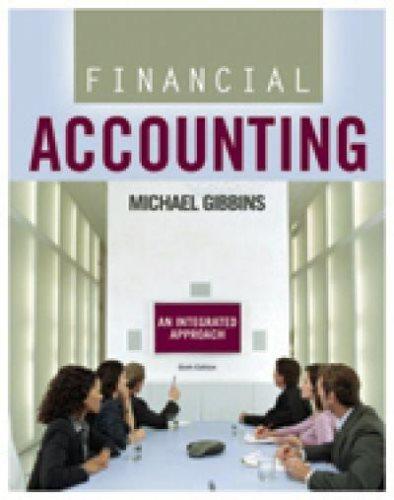100 Way Cool produces two different models of air conditioners. The company produces the mechanical systems in its components department. The mechanical systems are combined with the housing assembly in its finishing department. The activities, costs, and drivers associated with these two manufacturing processes and the production support process follow. Process Activity Overhead Cost Driver Quantity Components Changeover 5 478,000 Number of batches 730 Machining 307,000 Machine hours 8,080 Setups 228,000 Number of setup $1,013,000 Finishing Welding $ 184,000 Welding hours 5.900 Inspecting 228,000 Number of inspections 840 Rework 61,000 Rework orders 190 $ 473,000 Support Purchasing 141,000 Purchase orders 537 Providing space 31,000 Number of units 4,600 Providing utilities 65.000 Number of units 4.600 237,000 ces $ Additional production information concerning its two product lines follows. Model 145 Model 212 Units produced 1,500 3,100 Welding hours 2.000 3.900 Batches 365 365 Number of inspection 470 370 Machine hours 2.750 5,330 Setup 50 50 Rework orders 80 110 Purchase order 170 Units produced Welding hours Batches Number of inspections Machine hours Setups Rework orders Purchase orders Model 145 1,500 2,000 365 470 2,750 50 80 358 Model 212 3,100 3,900 365 370 5,330 50 110 179 Required: 1. Determine departmental overhead rates and compute the overhead cost per unit for each product line. Base your overhead assignment for the components department on machine hours. Use welding hours to assign overhead costs to the finishing department. Assign costs to the support department based on number of purchase orders. 2. Determine the total cost per unit for each product line if the direct labor and direct materials costs per unit are $250 for Model 145 and $120 for Model 212. 3. If the market price for Model 145 is $2,075 and the market price for Model 212 is $320, determine the profit or loss per unit for each model. Complete this question by entering your answers in the tabs below. Required 1 Required 2 Required 3 Datormina dan mantanhaste and matha uns net nervt inreached linn Arnhead Required 1 Required 2 Required 3 Determine departmental overhead rates and compute the overhead cost per unit for each product line. Base your overhead assignment for the components department on machine hours. Use welding hours to assign overhead costs to the finishing department. Assign costs to the support department based on number of purchase orders. (Round your intermediate calculations and per unit cost answers to 2 decimal places.) Show less Components department of Finishing department 0 Support department Model 145 Activity Driver Departmental OH Rate Total Overhead Cost $ 0 Components Finishing Support 0 0 A SE! MAU Model 145 Activity Driver Departmental OH Rate Total Overhead Cost 0 Components Finishing Support $ $ 0 0 Model 212 Activity Driver Departmental OH Rate Components Finishing Support Total Overhead Cost $ 0 $ 0 0 Required 1 Required 2 Required 3 Determine the total cost per unit for each product line if the direct labor and direct materials costs per unit are $250 for Model 145 and $120 for Model 212. (Round your intermediate calculations and cost per unit answers to 2 decimal places.) Model 145 Model 212 Materials and Labor per unit Overhead cost per unit Total cost per unit Required 1 Required 2 Required 3 If the market price for Model 145 is $2,075 and the market price for Model 212 is $320, determine the profit or loss per unit for each model. (loss amounts should be indicated with a minus sign. Round your intermediate calculations and final answers to 2 decimal places.) Model 145 Model 212 Market price per unit Cost per unit Profit (loss) por unit












